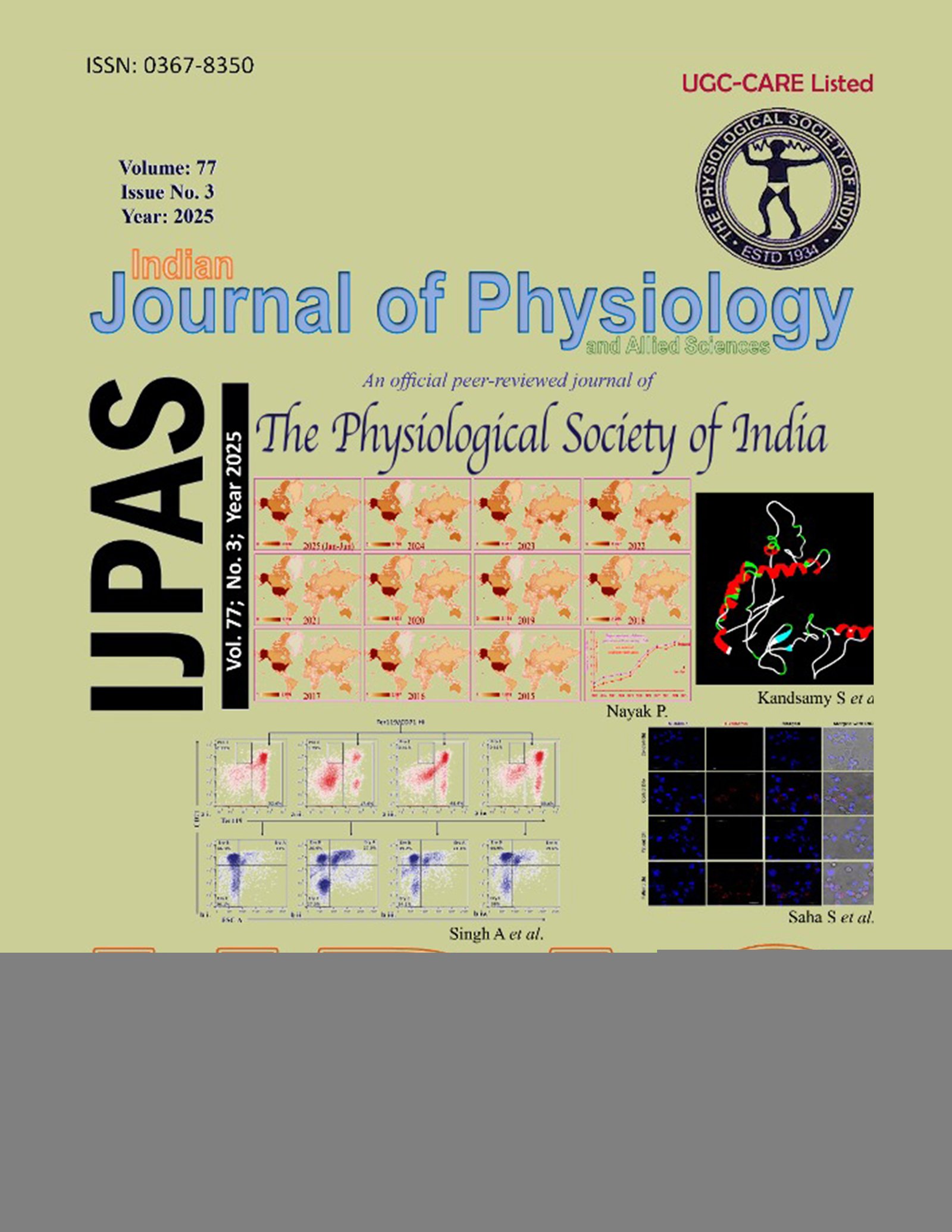International collaborative/co-authored research publications from India – Recent trend from PubMed
DOI:
https://doi.org/10.55184/ijpas.v77i03.563Keywords:
India-International co-authorship, PubMed, Publications, Health sciences.Abstract
Extensive research collaborations have been established globally, which are expected to produce internationally co-authored researchpublications. India has emerged as a key player, driven by its population, disease burden, pharmaceutical capacity, and policies. In theworld ranking, India’s research output reached third (2024). Reflecting its active role in addressing global health challenges, internationalcollaborations also grew from 18.92% (2010) to 24% (2022). These partnerships improved India’s research impact, with co-authoredpapers getting higher citations. Despite this, India’s collaboration rate still trails many nations. A comparison of year-wise internationallyshared publications in PubMed over the last 10 years is made to understand the recent trend. The study confirms the expected nonuniformity in the global partnership in publication. The reasons for co-authorship—whether for genuine or strategic reasons—arecomplex. Expertise in pharmaceuticals, a scientific approach to traditional medicine, and digital health positions enable India to bea key partner for low- and middle-income nations. At the same time, other factors might influence the partnership with developedcountries. Programs such as the India-UN Development Partnership Fund and the use of AI and IoT in healthcare demonstrate India’sleadership in developing scalable, culturally aware, and affordable health solutions. These developments emphasize India’s expandinginfluence in global health research and innovation.
Downloads
Published
How to Cite
Issue
Section
License
Copyright (c) 2025 Prasunpriya Nayak

This work is licensed under a Creative Commons Attribution-NonCommercial-NoDerivatives 4.0 International License.

